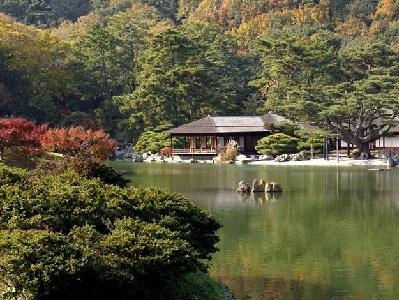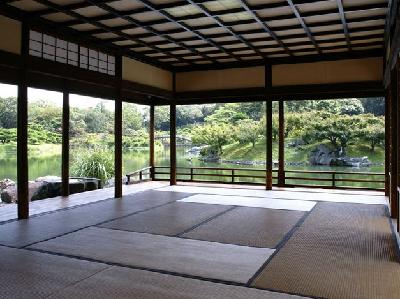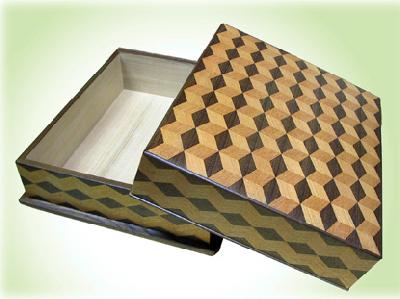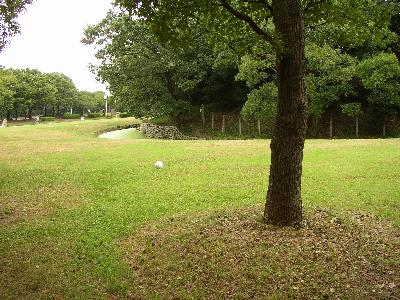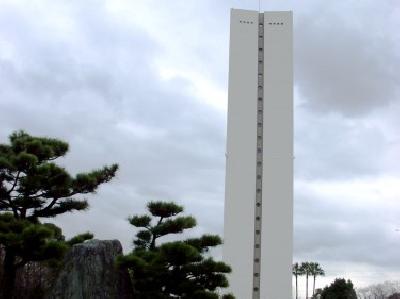|
Kikugetsutei is a tea house is an aristocratic tea house located in Ritsurin Park, which is famous for its exquisite stroll-type garden. The construction of this garden started in 1625 by the lord of the Takamatsu domain, Ikoma Takatoshi, and was completed in 1745 after 100 years of improvements and extensions made by five successive domain lords of the Matsudaira family. The park was designated a prefectural park and opened to the public in 1875.
The lord of the Matsudaira family loved this grand Kikugetsutei Tea House.
With the greenery of Mt. Shiun as a backdrop, its elegant shape looks in good harmony with the pond. The tea house is in Shoin-zukuri style (the style of warrior residences) and elaborately designed so that you can fully appreciate the beauty of the pond and the surrounding landscape beyond the water.
On the second Sunday every month, you can join the tea ceremony “Tsuki-gama” here at Kikugetsutei Tea House.
The lord of the Matsudaira family loved this grand Kikugetsutei Tea House.
With the greenery of Mt. Shiun as a backdrop, its elegant shape looks in good harmony with the pond. The tea house is in Shoin-zukuri style (the style of warrior residences) and elaborately designed so that you can fully appreciate the beauty of the pond and the surrounding landscape beyond the water.
On the second Sunday every month, you can join the tea ceremony “Tsuki-gama” here at Kikugetsutei Tea House.
| [+ADDRESS] | 
|

